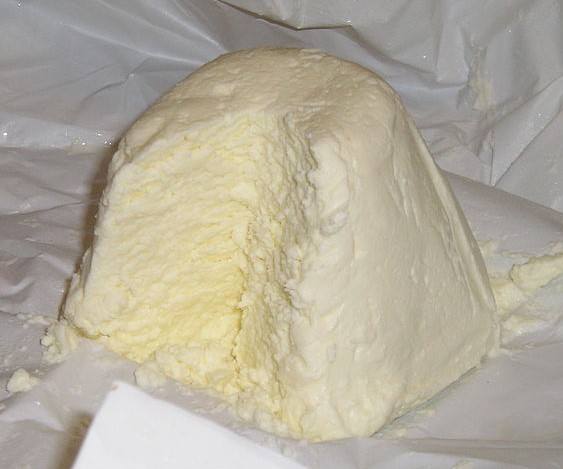Afuega'l Pitu
Afuega'l Pitu is one of the oldest Spanish cheeses made from unpasteurised cow's milk. It is also famous as one of the most widespread Asturian cheeses and has received Protected Designation of Origin (DOP) status from Spain and the European Union.
Afuega'l Pitu means "strangle the chicken" in the Asturian language. The cheese is made by curdling the milk in a mould, the they are cut and kept to drain in a mould. Then, it is kept in a sack or bag and left for maturation. The cheese comes in different types recognised by its shape, added ingredients, and the ageing period. Though this cheese is produced all year round, the best is the one made during spring and winter, as the fat content of the milk is very high.
Varieties:
- according to the ageing period:
Cured, Semi-cured and Soft
- according to the form given:
Troncado/Atroncáu (Trunk): a cone-shaped form like a bishop's mitre or inverted flowerpot
Trapo/Trapu (Rag/Cloth): a round-shaped like a chestnut
- according to the flavour added:
Blanco/Blancu (White): Without Spanish paprika.
Roxu/Rojo (Red): With sweet and/or hot Spanish paprika

Over 200,000 page views per month, Put your store on our map!
Contact Us
